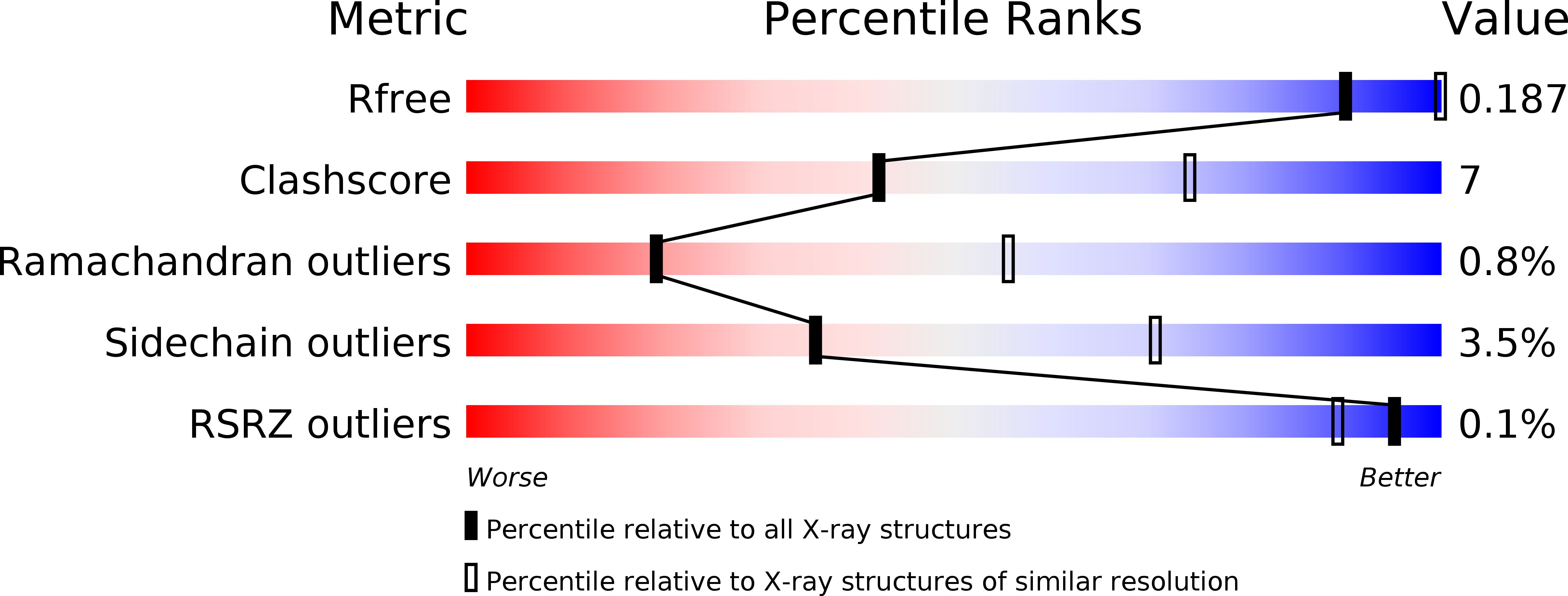
Deposition Date
2014-10-01
Release Date
2015-06-24
Last Version Date
2024-02-28
Entry Detail
PDB ID:
4RH3
Keywords:
Title:
AMPPCP-bound structure of human platelet phosphofructokinase in an R-state, crystal form II
Biological Source:
Source Organism:
Homo sapiens (Taxon ID: 9606)
Host Organism:
Method Details:
Experimental Method:
Resolution:
3.02 Å
R-Value Free:
0.18
R-Value Work:
0.14
R-Value Observed:
0.14
Space Group:
P 32 2 1


